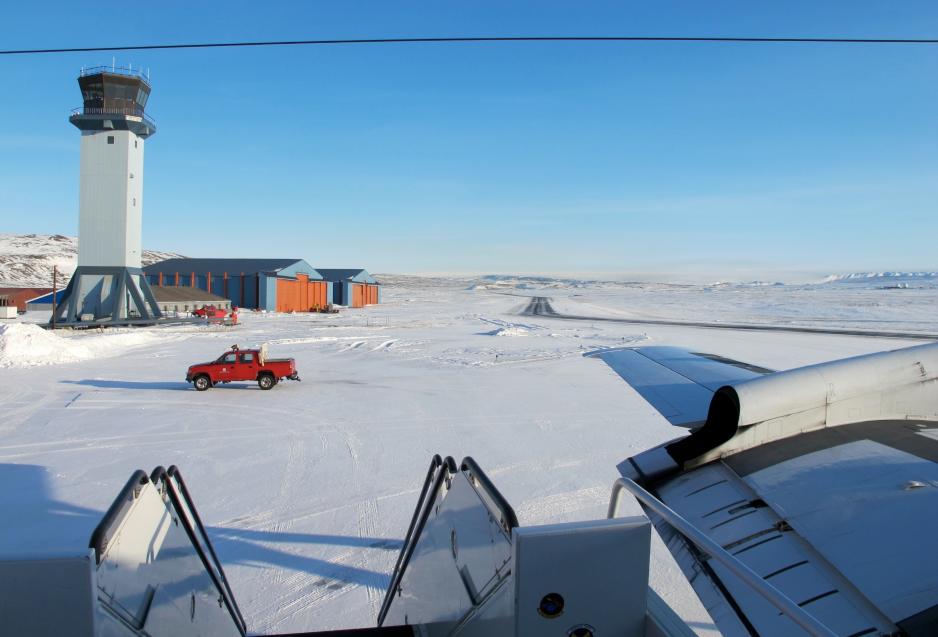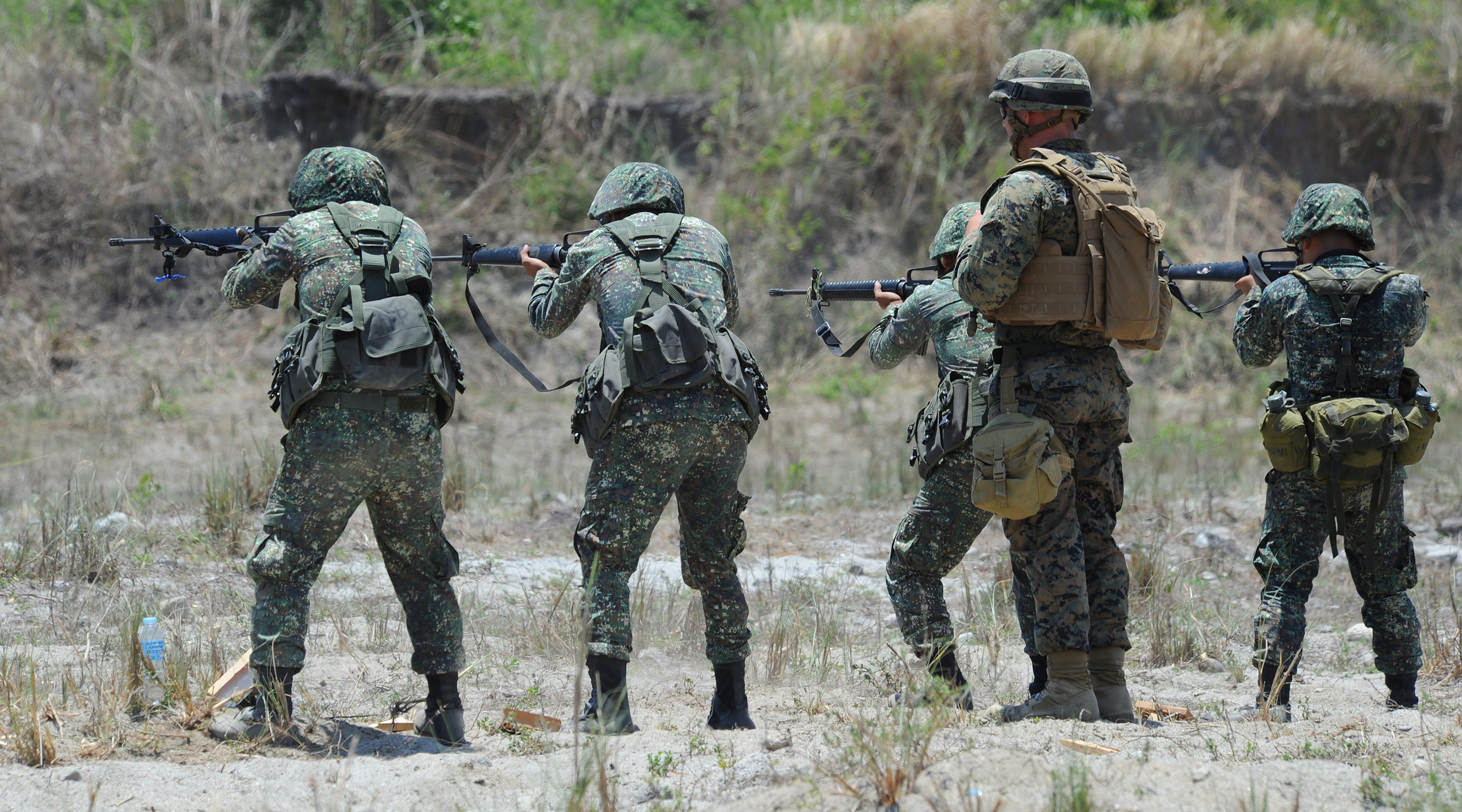UnluckyView attachment 617336
A stupid person tried to attack those zombies with bare hands, in a small tunnel in an unknown city
You are using an out of date browser. It may not display this or other websites correctly.
You should upgrade or use an alternative browser.
You should upgrade or use an alternative browser.
Photos from World War Z
- Thread starter CJD
- Start date
-
- Tags
- world war z
Last edited:
Castelldefels castle, near Barcelona. To avoid the hordes, a small group of survivors walled the outskirks of the castle, barricated it, and created a small safe zone against the zombies
The spanish region of Galicia was one of the safest. and ironically, more affected zones by the undead

Hospital do Meixoeiro, Vigo. One of the safest, and dangerous at the same time places in the region

Cuartel de Nuestra Señora de los Dolores, Ferrol. One of the Safe Zones of Galicia, held by the Spanish Army and civilians that managed to escape the worst infected places

Lugo city walls. They were built between 263 and 276 A.D. to defend the Roman town of Lucus Augusti (present-day Lugo) against local tribesmen and Germanic invaders. The walls formed part of a complex of fortifications which also included a moat and an intervallum (the clearing between the walls and the city). The entire length of the walls is around 2,120 metres (6,960 ft), enclosing an area of 34.4 hectares. Not all of the town was enclosed by walls: much of the southeastern part of the town remained unprotected, while in other places unused areas were enclosed by walls.
The width of the walls is around 4.2 metres (14 ft) and their height varies between 8 metres (26 ft) and 12 metres (39 ft). The walls consist of internal and external stone facing with a core of earth mixed with gravel, pebbles and worked Roman stone recycled from demolished buildings, cemented with water.
The survivors of Lugo created a moat along the hill where the city lies, surrounded by the rivers Minho, Rato and Chanca. The difference in altitude between the city centre and the river banks is considerable: the former being at an altitude of 465 meters above sea level, whilst the Miño River Walk is at an altitude of only 364 metres. Thanks to that, the city was a good fortress agains the undead
Hospital do Meixoeiro, Vigo. One of the safest, and dangerous at the same time places in the region
Cuartel de Nuestra Señora de los Dolores, Ferrol. One of the Safe Zones of Galicia, held by the Spanish Army and civilians that managed to escape the worst infected places
Lugo city walls. They were built between 263 and 276 A.D. to defend the Roman town of Lucus Augusti (present-day Lugo) against local tribesmen and Germanic invaders. The walls formed part of a complex of fortifications which also included a moat and an intervallum (the clearing between the walls and the city). The entire length of the walls is around 2,120 metres (6,960 ft), enclosing an area of 34.4 hectares. Not all of the town was enclosed by walls: much of the southeastern part of the town remained unprotected, while in other places unused areas were enclosed by walls.
The width of the walls is around 4.2 metres (14 ft) and their height varies between 8 metres (26 ft) and 12 metres (39 ft). The walls consist of internal and external stone facing with a core of earth mixed with gravel, pebbles and worked Roman stone recycled from demolished buildings, cemented with water.
The survivors of Lugo created a moat along the hill where the city lies, surrounded by the rivers Minho, Rato and Chanca. The difference in altitude between the city centre and the river banks is considerable: the former being at an altitude of 465 meters above sea level, whilst the Miño River Walk is at an altitude of only 364 metres. Thanks to that, the city was a good fortress agains the undead
I should had add a improvement of containers and more defenses created by survivors
Lugo's walls are impressive- though there are some narrow bits a Zed could jump across (or try) and a lot of gates need blocking up. But quite doable.

Thule Air Base of the United States Air Force in Greenland. Due to it's relative isolation in the Arctic, Thule Air Base survived intact. However, the base's occupants were soon forced to evacuate to the Canada as supplies from the United States ceased to arrive. Operations at Thule resumed after the Road to New York campaign.
Berlin during the Great Panic
A survivor in Berlin, trying to leave his aparment
Survivors in a safehouse, they managed to escape to a safe zone in Potsdam

A U.S. Marine observes Philipine Marines during live-fire exercises during Balikatan 2013, April 11, 2013. This was the last joint U.S.-Philippines military exercises just a month before the Great Panic.

The French Overseas Territory of Saint Pierre and Miquelon post-war. Although the territory survived the initial outbreaks during the Great Panic, it was soon overrun by refugees coming from nearby Newfoundland and thus the surviving populace had to be evacuated to Greenland. It would not be until 2023 when repopulation would occur.
East Coast cities were more proclive to burn during the initial stages of the Great Panic
An American-Bulgarian team prepares to reload an RPG-7 with a fresh rocket, and attack some undead. Rila Safe Zone, Bulgaria.

Holy Russian Empire soldiers with gas masks about to crush an anti-Holy Russian Empire uprising by Belarussian nationalists after the stronghold of these Belarussian nationalists had been gassed.
A Norinco Type 56 assault rifle on top of a crate of small arms and ammunition in a Chinese rebel outpost.
Last edited:
Share:


